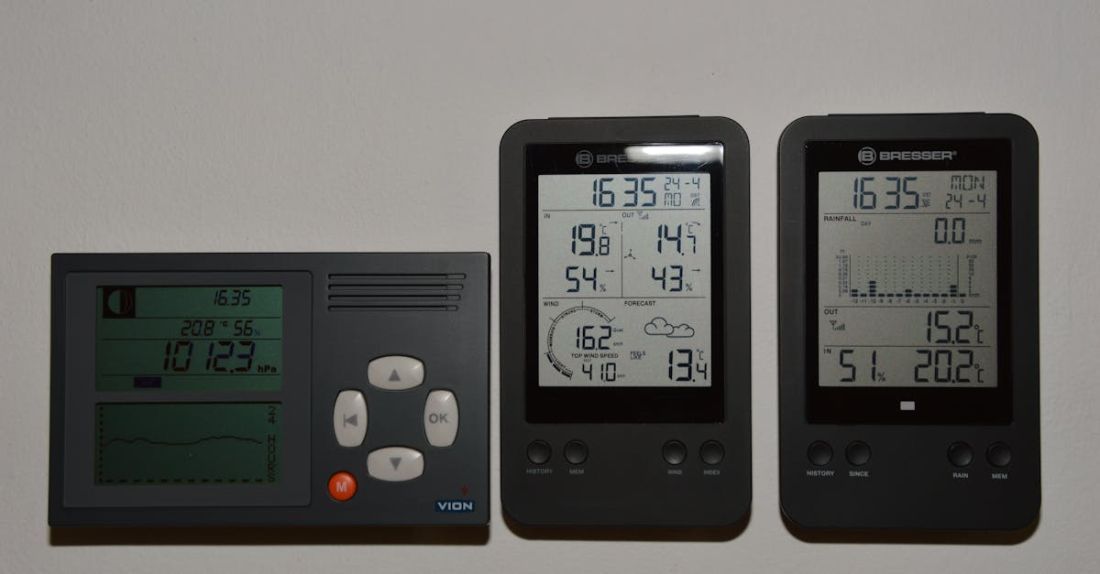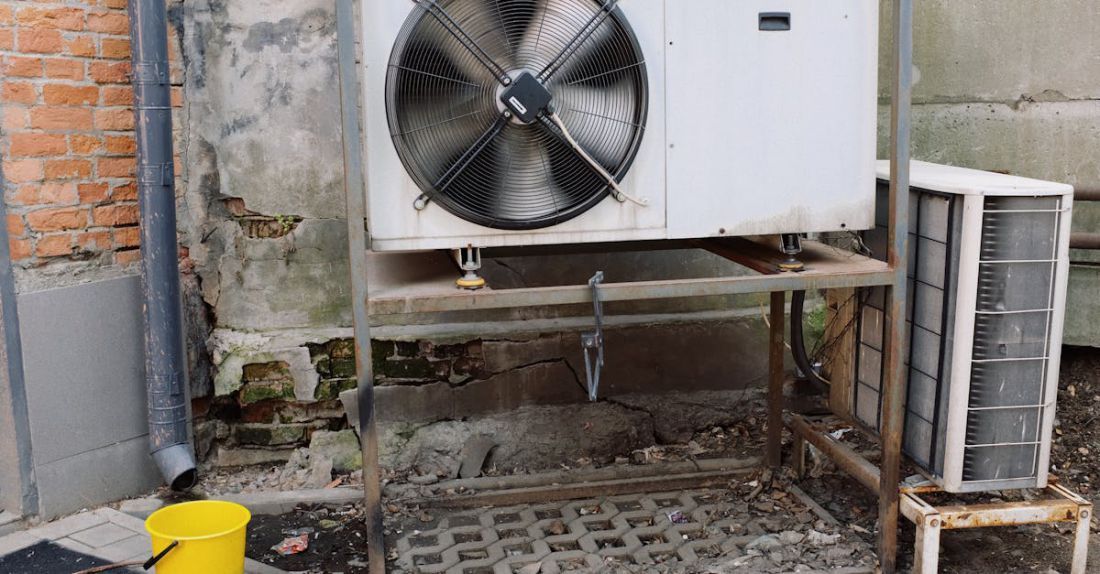
Incorporating Renewable Energy into Homes
As the world continues to grapple with the effects of climate change, the importance of transitioning to renewable energy sources has become increasingly evident. One of the key ways individuals can contribute to this shift is by integrating renewable energy systems into their homes. By harnessing the power of renewable sources such as solar, wind, and geothermal energy, homeowners can reduce their carbon footprint and lower their energy bills. In this article, we will explore various ways in which renewable energy can be seamlessly integrated into homes.
Solar Power: Harnessing the Sun’s Energy
Solar power is perhaps the most well-known form of renewable energy for residential use. By installing solar panels on the roof of a home, homeowners can generate electricity using the sun’s abundant energy. These panels are made up of photovoltaic cells that convert sunlight into electricity, which can then be used to power appliances and lighting within the home. Additionally, excess energy generated by the solar panels can be stored in batteries or fed back into the grid for credit.
To maximize the efficiency of a solar power system, homeowners should consider factors such as the orientation and tilt of the panels, shading from nearby trees or buildings, and the overall energy consumption of the household. By working with a reputable solar installer, homeowners can design a system that meets their specific energy needs and budget.
Wind Power: Tapping into a Constant Energy Source
While less common in residential settings, wind power can also be a viable option for homeowners looking to integrate renewable energy into their homes. Small wind turbines can be installed on the property to harness the power of the wind and generate electricity. Like solar panels, wind turbines can be connected to the home’s electrical system to provide clean, renewable energy.
When considering wind power, homeowners should assess the wind speed and direction on their property to determine the feasibility of installing a turbine. Additionally, local zoning regulations and homeowner association rules may impact the installation of wind turbines. Working with a knowledgeable installer can help homeowners navigate these considerations and ensure a successful wind power system integration.
Geothermal Energy: Utilizing the Earth’s Heat
Geothermal energy offers another sustainable option for heating and cooling homes. By tapping into the natural heat stored beneath the earth’s surface, geothermal heat pumps can efficiently heat and cool a home year-round. These systems work by circulating a fluid through underground pipes, where it absorbs heat in the winter and releases heat in the summer.
One of the advantages of geothermal energy is its consistency, as the earth’s temperature remains relatively constant below the surface. While the upfront costs of installing a geothermal heat pump system can be higher than traditional heating and cooling systems, homeowners can recoup these costs through energy savings over time. Additionally, geothermal systems have a longer lifespan and require less maintenance than conventional HVAC systems.
Embracing a Sustainable Future
Integrating renewable energy into homes is not only beneficial for the environment but can also lead to long-term cost savings for homeowners. By harnessing the power of solar, wind, or geothermal energy, individuals can reduce their reliance on fossil fuels and contribute to a more sustainable future. Whether through solar panels on the roof, wind turbines in the backyard, or geothermal heat pumps underground, there are various ways for homeowners to embrace renewable energy and make a positive impact on the planet.





